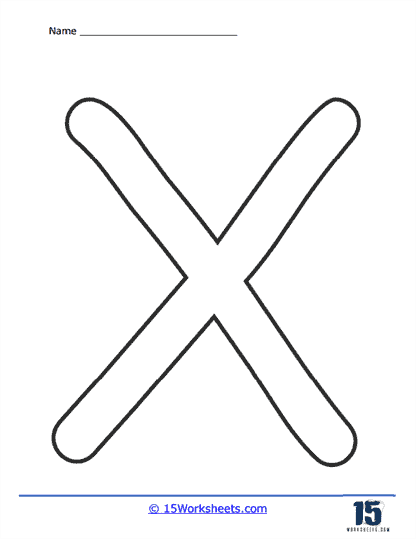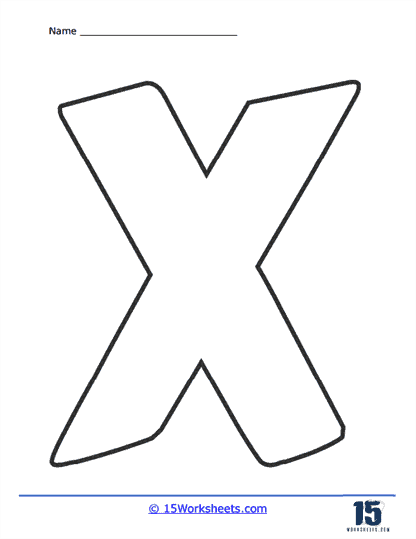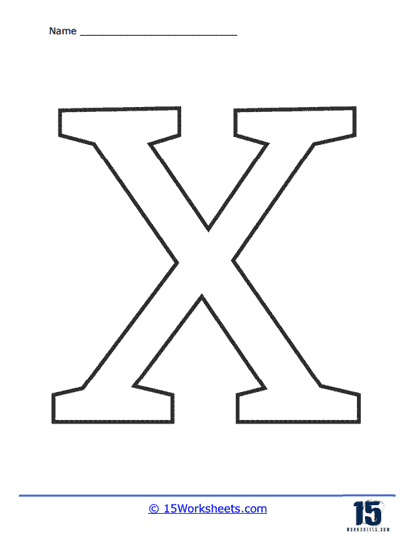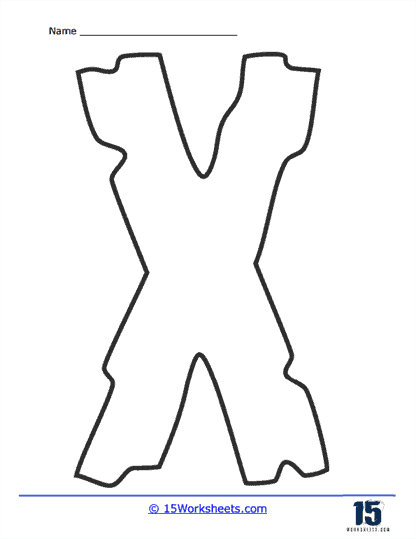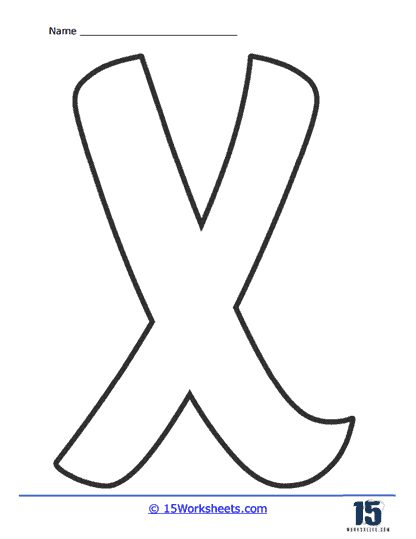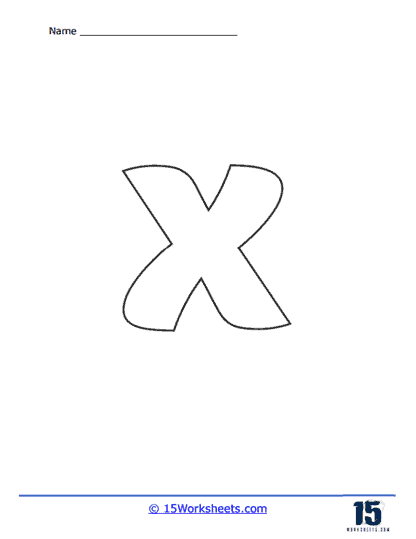Bubble Letter X Worksheets
About These 15 Worksheets
The letter X, with its distinct formation and angular intersections, can initially present challenges for young learners. By using these worksheets students are equipped with a comprehensive strategy to overcome these hurdles. Through coloring, tracing, and vocabulary integration, these worksheets offer a holistic approach to understanding and mastering the enigmatic X. As educators and learners collaboratively navigate the vast world of the alphabet, it’s tools like these that ensure each letter, no matter how complex, is accessible, understood, and celebrated.
Bubble Letter X worksheets stand as an emblem of the innovative strategies educators employ to foster an engaging and effective learning environment. Often overlooked in the vast alphabet landscape, the letter X holds its unique charm and challenge. These worksheets function as a bridge, enabling students to connect with this intriguing character in an immersive manner.
The formation of the letter X, both in its upper and lower case, poses specific challenges to budding writers. The structure of X requires two diagonal lines to crisply intersect at a central point. This intersection, while seemingly straightforward, requires a symmetry that can be daunting for young hands. The upper-case X demands that both diagonals be of equal length and meet precisely in the middle, ensuring that the upper and lower portions are mirror images of each other. The lower-case “x” poses a similar challenge, albeit on a smaller scale. Ensuring that the strokes are even and meet at the right point is a task that demands precision.
In the early stages of letter formation, students often grapple with spatial awareness and fine motor control. This can make the act of forming an X particularly challenging. Additionally, unlike many other letters that have a consistent flow or curve, X requires a change in direction, adding to its complexity.
Coloring and tracing bubble letters, particularly the X, come with multifaceted benefits. Tracing is a kinesthetic activity, allowing students to physically feel the motion required to form the letter. As they trace the contours of the bubble X, they internalize the precise angles and intersections required. This muscle memory, once established, aids in subsequent independent writing tasks. Coloring complements this process. As students fill in the expansive bubble X with vibrant colors, they engage on a deeper level, further reinforcing their connection to the letter. This hands-on approach not only bolsters their recognition of X but also refines their motor skills and hand-eye coordination.
Incorporating vocabulary into these worksheets can deepen a student’s connection with the letter X. Words such as “x-ray,” “xylophone,” “xenon,” and “fox” can be integrated into the sheets. By pairing the bubble X with images and words that contain the letter, students begin to recognize its sound and relevance in the language context.
Initially, teachers or parents can guide the student’s hand, helping them understand the angles and intersections of X. This provides a tactile blueprint that they can refer to when practicing independently. Using diverse writing tools like thick markers, chalk, or even fingers in sand can offer varied tactile feedback. Each medium provides a unique resistance and texture, enabling students to understand the motion from different sensory perspectives.



